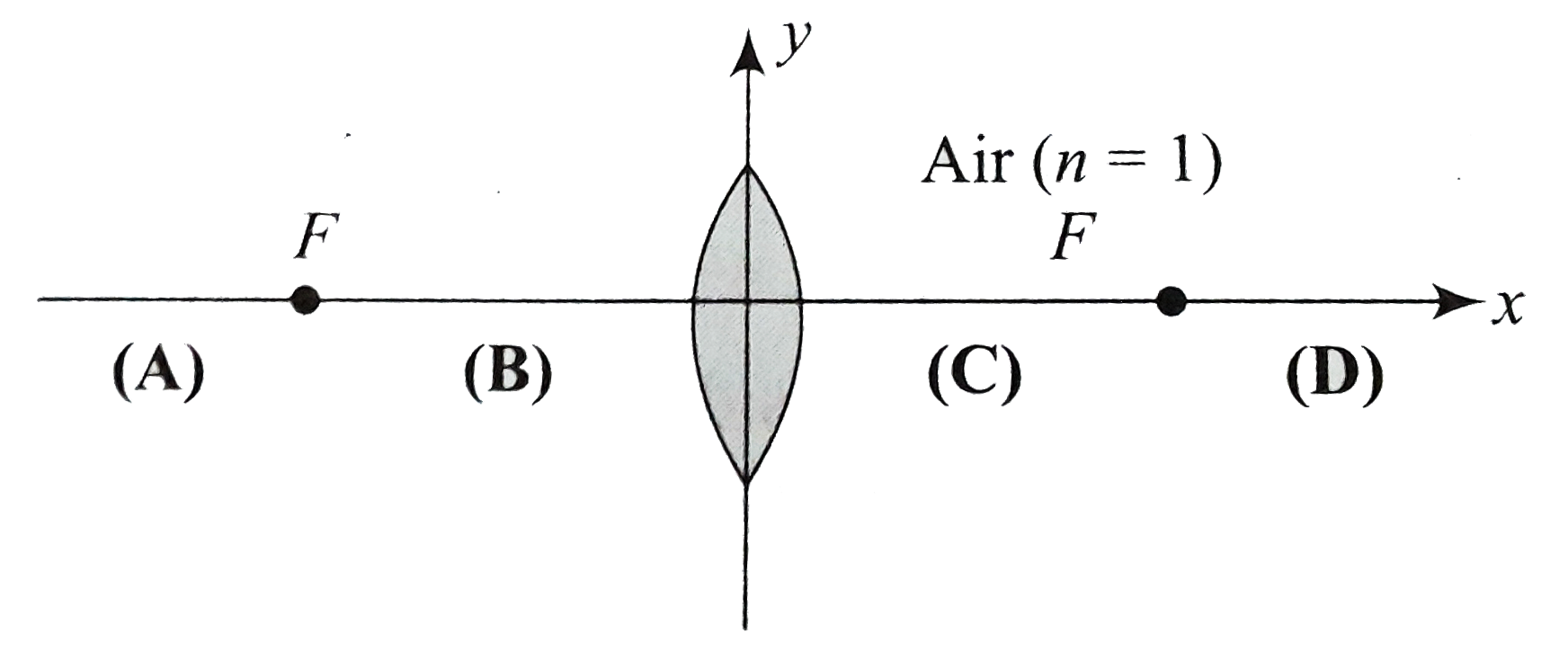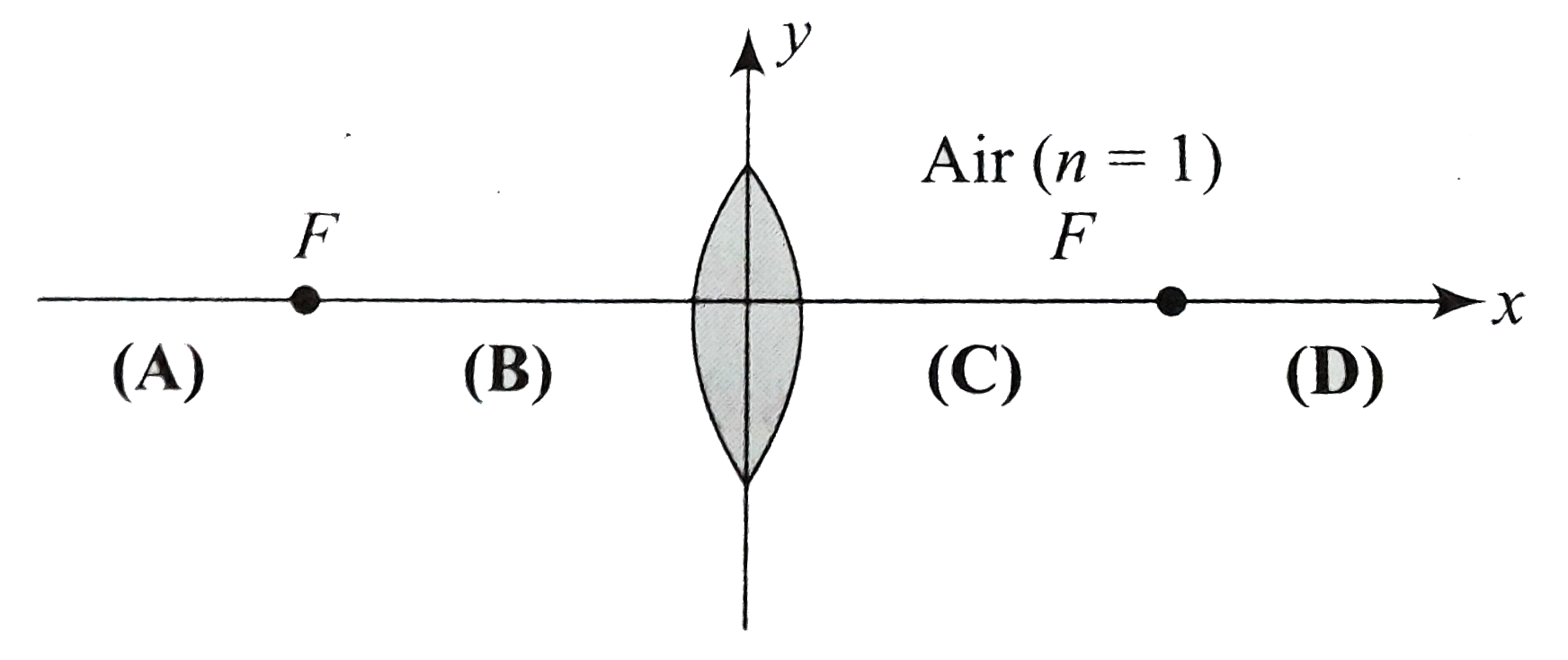Among the second period elements the actual ionization enthalpies are in the order Li<B<Be<C<O<N<F<Ne.
Explain why
(i) Be has higher ∆i H than B
(ii) O has lower ∆i H than N and F?
a. The IE, among other things, depends upon the type of electron to be removed from the same principal shell. In case of Be(1s22s2) the outermost electron is present in 2s-orbital while in B(1s22s22p1) it is present in 2p-orbital. Since 2s-electrons are more strongly attracted by the nucleus than 2p-electrons, Therefore, lesser amount of energy is required to remove a 2p−electron than a 2p-electron. Consequently, IE1 of Be is higher than that IE1 of Be.
b. The valence electronic configuration of N(2s22p1x2p1y2p1z) in which 2p-orbitals are exactly half-filled is more stable than the valence electronic configuration of (2s22p1x2p1y2p1z) in which the 2p-orbitals are neither half-filled nor completely filled. Therefore, it is difficult to remove electron from N than from O. As a result, IE1 of N is higher than that of O.
Further, the electronic configuration of F is (1s22s22p2x2p2y2p1z). Because of higher nuclear charge (9), the first ionisation enthalpy of F is higher than that of O.
Further, the effect of increased nuclear charge outweighs the effect of stability due to exactly half-fiiled orbitals, therefore, the IE1 of N and O are lower than that of F.
Topper's Solved these Questions
- APPENDIX - INORGANIC VOLUME 1BOOK - CENGAGE CHEMISTRY ENGLISHCHAPTER - APPENDIX - INORGANIC VOLUME 1EXERCISE - Exercise very short
70 Videos
- APPENDIX - INORGANIC VOLUME 1BOOK - CENGAGE CHEMISTRY ENGLISHCHAPTER - APPENDIX - INORGANIC VOLUME 1EXERCISE - Exercise Short
146 Videos
- ALKYNESBOOK - CENGAGE CHEMISTRY ENGLISHCHAPTER - ALKYNESEXERCISE - Exercises (Archives - Analytical and Desriptive Type)
4 Videos
- ATOMIC STRUCTUREBOOK - CENGAGE CHEMISTRY ENGLISHCHAPTER - ATOMIC STRUCTUREEXERCISE - Concept Applicationexercise(4.3)
19 Videos
Similar Questions
Among the second period elements the actual ionisation enthalpies are in the order Li<B<Be<C<O<N<F<Ne.
Explain why (a) Be has higher ΔiH than B and (b) O has lower ΔiH than N and F?
View SolutionAmong the third period elements, the actual ionization enthalpies are in the order Na<AI<Mg<SI<S<P<CI<Ar. Explain why:
(i) Mg has higher ΔiH than AI. (ii) S has lower ΔiH than P and CI.
View Solution
Knowledge Check
If z =x +iy lies in the third quadrant then ¯zz also lies in third quadrant if (i) x>y>0 (ii) x<y<0 (iii) y<x<0 (iv) y>x>0
Ax>y>0Bx<y<0Cy<x<0Dy>x>0
With reference to 1stIP which are correct.
(a) Li<C (b) O<N (c ) Be<N<Ne
View SolutionIf P, Q, R and S are elements of 3rd period of p-block in modern periodic table, among these one element is metal and rest are non-metals and their order of electronegativity is given as:
P<Q<R<S
In which of the following linkage release of H+ is relatively more easier?
View SolutionIdentify the null sets among the following
F = {x : x ∈N,5<x<6.}
View SolutionThis question concerna a symmetrical lens shown, along with its two focal points. It is made of plastice with n=1.2 and has focal length f. Four different regions are shown:
Here,
A. −∞x<−f B. −f<x<0
C. 0<x<f D. f<x<∞

Q. If incident rays are converging, then in which region does the image appear?
View SolutionWhich one of the following indicates the correct order of atomic size?
(1). C>F>Ne (2)Be<C<F<Ne
(3).Be>C>F (4)F>Ne>Be>C
View SolutionThis question concerns a symmetrical lens shown, along with its two focal points. It is made of plastic with n=1.2 and has focal length f. Four different regions are shown:
A. −∞<x<−f
B. −f<x<0
C. 0<x<f
D. f<x<∞
A second lens is now placed adjacent to the first in contact with it. The new lens is concave, with a focal length f=−3f. In what region does the focal length of the two-lens system lie? Treat the lenses as thin.

View SolutionThe number of 7 digit integers abcdefg, where a<b<c<d>e>f>g such that a, b, c, d, e, f, g in {1,2,3,…..,9}. Are
View Solution
